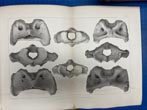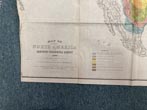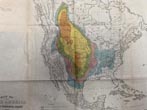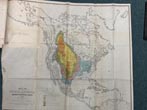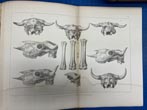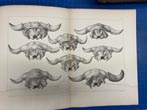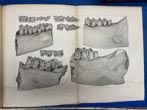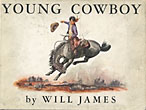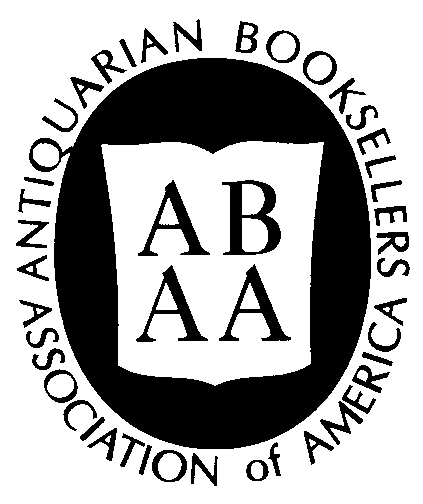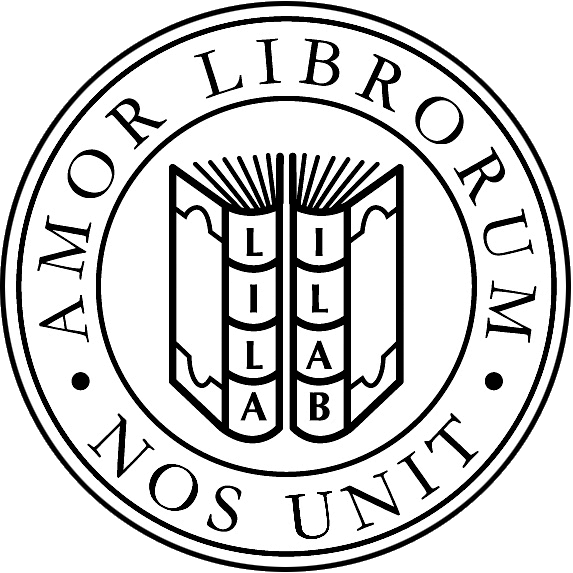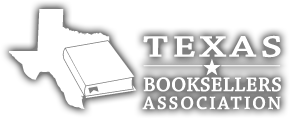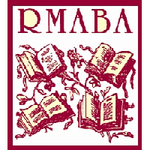Dealer in Rare and First-Edition Books: Western Americana; Mystery, Detective, and Espionage Fiction
The American Bisons, Living And Extinct With A Signed Letter From The Author On Nuttall Ornithological Club Letterhead
JOEL A ALLEN
Other works by JOEL A ALLENPublication: University Press, 1876, Cambridge
First edition. Quarto, pp ix [1], 246, with 12 plates (6 folding) and a colored folding map, bound in plain green buckram with gilt lettering on the spine. Bookplate of the Explorer's Club on the front pastedown, identifying the book as a donation from naturalist and explorer Ernest Ingersoll (1842-1946). An autograph letter from Allen to Ingersoll is tipped onto the front free fly leaf. Written on the letterhead of the Nuttall Ornithological Club and dated April 14, 1881, the letter in part thanks Ingersoll for his favorable review of Allen's "History of North American Pinnipeds." The embossed stamp of the Explorer's Club library appears on the title page and page 1 of the text. There is an old water stain visible on the bottom margin of the last 90 pages, and, affecting the lower portion of all of the plates. The map presents nicely, but does have a tissue repair to an unprinted area, and a few small tape reinforcements on the verso and where tipped in. Finally, for reasons unclear to this cataloger, there are variations in page size throughout the book, with some pages having the bottom margin partially trimmed. This copy was issued as Memoirs of the Geological Society of Kentucky Vol. I, Part II; the book also appeared in the same year as Memoirs of the Museum of Comparative Zoology Vol. IV, No. 10. This is the first extensive scholarly treatise ever published on North American bison and is considered a cornerstone work on the subject. Bison populations probably numbered 30-40 million when Europeans first arrived on the continent, but by the time Allen published this study, the animals had been slaughtered in such numbers that some conservationists were already warning that their extinction might be imminent. Allen (an ornithologist and zoologist who held senior curatorial positions at Harvard's Museum of Comparative Zoology and the American Museum of Natural History) explains in the introduction that this monograph "consists essentially of two quite distinct parts. The first embraces descriptions of the species, while the second is devoted to consideration of the geographical distribution of bison. To complete the history of this species, several pages are devoted to its habits, based mainly on personal observation; while Part II has been devoted entirely to its geographical distribution, including a history of its extirpation from the greater part of its former vast habitat. A chapter has been devoted to an account of its products, another to the means and methods of its destruction, not only by the different Indian tribes but also by white men, and a third to the few attempts that have been made for its domestication ....In Part II will be found not only references to narratives of early exploration and records of the early settlement of the country, but also much matter hitherto unpublished." Touches on the historical background of the present and the extinct bison, their habitat, where they roamed, the boundaries of their range in various portions of America, sightings by the early exploring expeditions, the speedy termination of the herds, products from, domestication, etc. Description of the "chase" or the hunting of by Native Americans. Howes A-149; Graff 42 ("the first important work on the American Bison"); see also Jillson: Rare Kentucky Books p. 145. Overall, a solid good to very good copy of an important book on the bison.
Inventory Number: 48902


